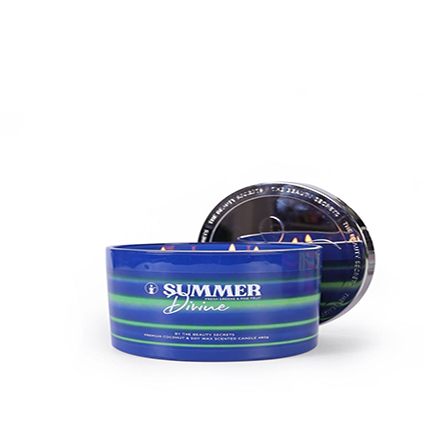Working with sculpted wax requires not only artistic skill but also control over environmental conditions. Temperature, humidity, and even light exposure can significantly influence how wax behaves during carving and modeling. When the temperature is too high, sculpted wax becomes overly soft, losing its ability to hold fine edges and detailed textures. On the other hand, cold environments make the wax brittle, causing cracks or breakage during shaping.

For optimal results, the workspace should maintain a moderate temperature—typically between 20°C and 25°C (68°F to 77°F). This allows sculpted wax to remain firm yet pliable, making it easier for jewelers to carve smooth lines and precise contours. Many professionals also use temperature-controlled wax heaters to keep their material consistent throughout long working sessions.
Humidity plays another critical role. Excess moisture can alter the wax surface, making it sticky or uneven, while overly dry air can cause the wax to lose flexibility. Storing sculpted wax models in a stable, closed environment helps prevent distortion before casting. Artists often wrap their finished wax pieces in soft materials or sealed containers to protect them from dust and temperature fluctuations.
Lighting is also important. Proper illumination allows artisans to observe surface reflections and ensure every curve is symmetrical and smooth. Inconsistent lighting can make small imperfections hard to detect until the casting stage, where corrections are far more difficult.
Ultimately, mastering environmental control is part of mastering sculpted wax itself. By maintaining the right temperature and atmosphere, jewelers can ensure stability, precision, and artistic integrity in every piece. Whether for intricate rings or large custom pendants, a balanced workspace helps transform wax into a flawless foundation for fine jewelry creation.


